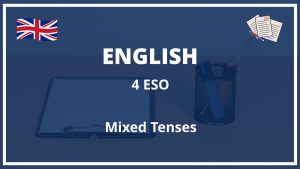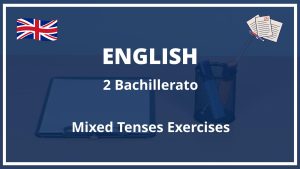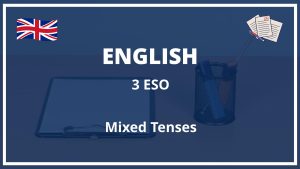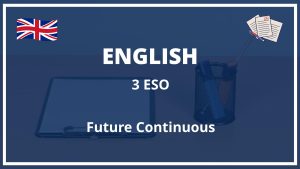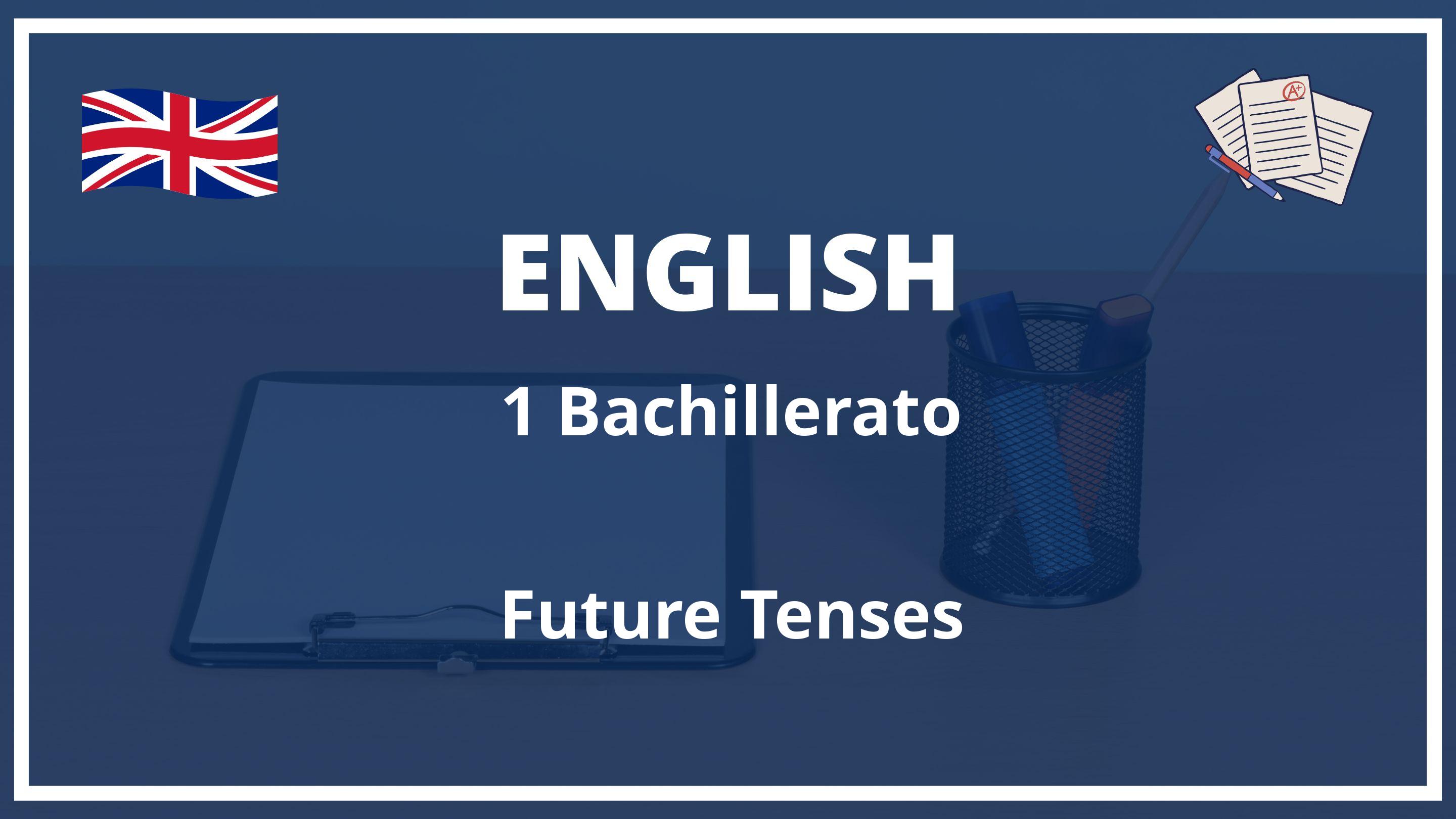
Abrir Ejercicios Future Tenses 1 Bachillerato | Exercices
There are 12 verb tenses in English. Three of these tenses are simple tenses, three are perfect, two are progressive, and four are perfect progressive. The simple tenses are formed with just one verb, the perfect tenses are formed by using the auxiliary verb «have» plus the past participle of the main verb, the progressive tenses are formed by using the auxiliary verb «be» plus the present participle of the main verb, and the perfect progressive tenses are formed by using the auxiliary verbs «have» and «be» plus the present participle of the main verb.
The simple tenses are:
- Present Simple
- Past Simple
- Future Simple
The perfect tenses are:
- Present Perfect
- Past Perfect
- Future Perfect
The progressive tenses are:
- Present Progressive
- Past Progressive
The perfect progressive tenses are:
- Present Perfect Progressive
- Past Perfect Progressive
- Future Perfect Progressive
The simple tenses are used to describe an action that is happening now, happened in the past, or will happen in the future. The perfect tenses are used to describe an action that has already happened or was completed in the past. The progressive tenses are used to describe an action that is happening now or was happening in the past. The perfect progressive tenses are used to describe an action that was happening in the past and will continue to happen in the future.
The future tenses are used to describe an action that will happen in the future. There are three future tenses in English. They are:
- Future Simple
- Future Perfect
- Future Perfect Progressive
The Future Simple tense is used to describe an action that will happen in the future. The Future Perfect tense is used to describe an action that will have already happened by a certain time in the future. The Future Perfect Progressive tense is used to describe an action that will have been happening up until a certain time in the future.
To form the Future Simple tense, we use the auxiliary verb «will» plus the infinitive of the main verb. For example:
- I will go to the store.
- You will eat lunch at 12:00pm.
- He will arrive at 3:00pm.
- She will leave at 5:00pm.
- It will rain tomorrow.
- We will have a test on Friday.
- They will finish their project next week.
To form the Future Perfect tense, we use the auxiliary verb «will» plus the auxiliary verb «have» plus the past participle of the main verb. For example:
- I will have gone to the store.
- You will have eaten lunch at 12:00pm.
- He will have arrived at 3:00pm.
- She will have left at 5:00pm.
- It will have rained tomorrow.
- We will have had a test on Friday.
- They will have finished their project next week.
To form the Future Perfect Progressive tense, we use the auxiliary verb «will» plus the auxiliary verb «have» plus the auxiliary verb «been» plus the present participle of the main verb. For example:
- I will have been going to the store.
- You will have been eating lunch at 12:00pm.
- He will have been arriving at 3:00pm.
- She will have been leaving at 5:00pm.
- It will have been raining tomorrow.
- We will have been having a test on Friday.
- They will have been finishing their project next week.
Ejercicios Resueltos Future Tenses Ingles 1 Bachillerato
Future Tenses Ingles 1 Bachillerato
Hay tres tiempos verbales en el futuro: el Presente de Futuro, el Futuro Simple y el Futuro Perfecto. Se forma el Presente de Futuro con el verbo to be en el Presente Simple seguido del infinitivo del verbo principal. El Futuro Simple se forma con el verbo will seguido del infinitivo del verbo principal. El Futuro Perfecto se forma con el verbo will seguido del verbo have en el Presente Simple seguido del verbo principal en el Pasado Simple.
El Presente de Futuro se usa:
- Para hablar de algo que va a suceder en el futuro: I’ll meet you in front of the school.
- Para hacer planes para el futuro: We’ll go out for dinner tonight.
- Para predecir el resultado de una acción en el futuro: It’ll be a beautiful day tomorrow.
El Futuro Simple se usa:
- Para hablar de algo que va a suceder en el futuro: I’ll meet you in front of the school.
- Para hacer planes para el futuro: We’ll go out for dinner tonight.
- Para predecir el resultado de una acción en el futuro: It’ll be a beautiful day tomorrow.
El Futuro Perfecto se usa:
- Para hablar de una acción que habrá terminado en el futuro: By six o’clock tonight, I will have finished my homework.
- Para hablar de una acción que sucederá antes de otra en el futuro: I will have seen him before you meet him.
- Para hacer planes para el futuro: We will have gone out for dinner by the time you get home.
